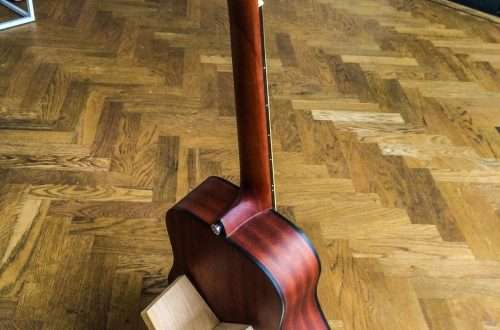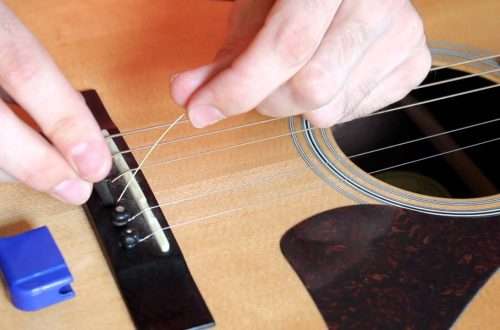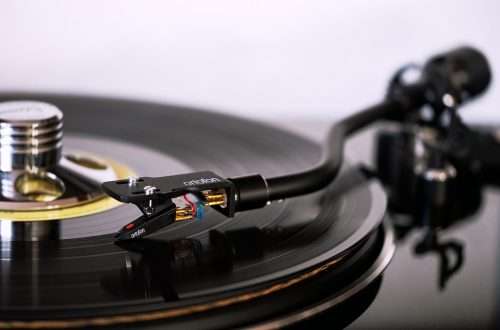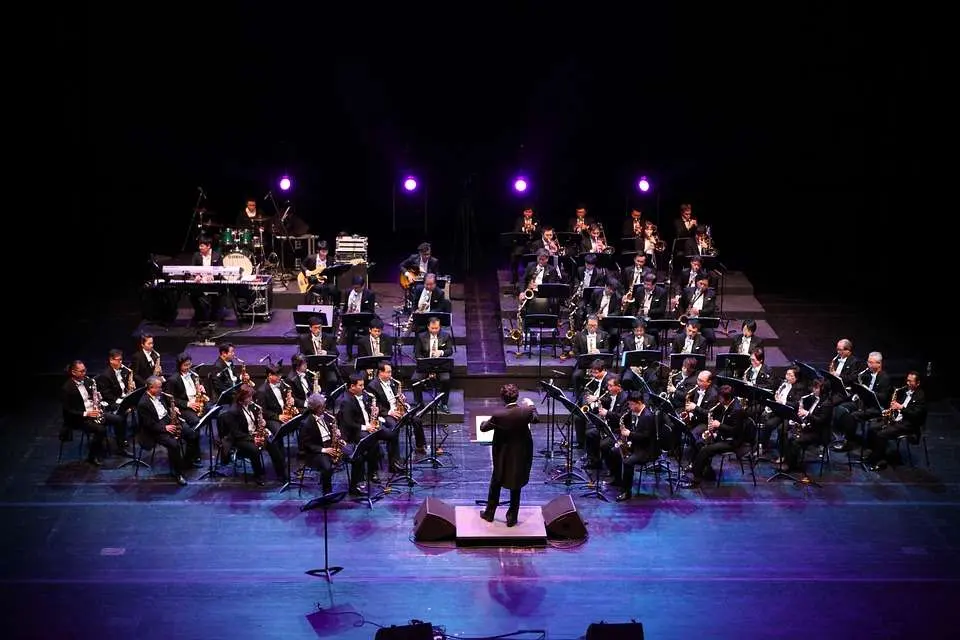
Orchestral instruments
See Orchestral percussion instruments in the Muzyczny.pl store
There is a group of instruments that is strictly assigned to the orchestra. And here it is important to remember that we have two basic types of orchestras. It is a symphony orchestra that mostly plays classical music and a brass band, the lion’s share of which is marching.
 Symphony Orchestra
Symphony Orchestra
The composition of the symphony orchestra consists of many musicians, the number of which can be up to about eighty people. The instruments are divided into four basic groups. String instruments, woodwind, brass i percussion. The composition of the strings in the orchestra includes the so-called string quintet: XNUMXst and XNUMXnd violins, violas, cellos, double basses. The woodwinds are: flutes, oboes, English horn, clarinets, bassoons and a double bassoon. The brass are horns, trumpets, trombones, and tubas. Percussion instruments are timpani, drums, snare drums, cymbals, triangle, celesta. In addition, there is often a harpist or harpist in the line-up.
The repertoire includes mainly classical symphonic music. In addition to independent concerts, the orchestra also provides the setting for operas, operettas, ballets and other theatrical performances. He also often accompanies and accompanies piano concerts.
 brass orchestra
brass orchestra
It is a kind of a more mobile orchestra, so we can more often meet such an orchestra on the street during a celebration or parade. Here, as in the orchestra, there are symphonic brass, wood and percussion instruments, but there are no more string instruments, which, for example, a double bass or a cello, are not suitable for marching, while the violin and viola parts are taken over by flutes and clarinets. Since the brass band is more entertaining, we already have here, for example, saxophones, which are not available in classical symphony orchestras. Woodwinds include: flutes, oboes, clarinets and the aforementioned saxophones. Brass instruments are: trumpets, horns, trombones, tubas. Percussion instruments are primarily: snare drums, drums, cymbals.
The repertoire is definitely marching with a focus on popular music. A brass band is an indispensable element of any state and communal celebrations. What direction, what instrument and what are the differences?
Where to play and on what it depends on our preferences and skills. Certainly, when we want to find a place in the composition of a symphony orchestra, it will be advisable to obtain higher classical education. Although of course not the paper weighs only the skills, the greatest emphasis here is definitely on full professionalism and knowledge of the classics. In this respect, the requirements are a bit lower in a brass band. This is mainly due to the fact that most brass bands have amateur musicians in their ranks. If we have a passion for more entertaining music, then playing during the march does not scare us, then a brass band is definitely more desirable here. However, if our passion is classical music, we are perfectionists and the smallest detail is important to us, then a symphony orchestra is definitely the more appropriate choice here. Of course, this does not mean that in a brass band you do not have to be thorough and strive for perfection. The point is, however, that the vast majority of symphony orchestras are composed of full-time professional musicians. Such an orchestra plays with each other in the theater or opera on a daily basis. This is their job, where the musicians meet each other every day and rehearse for several hours. Brass bands are mostly amateur and here the musicians meet once or twice a week for a rehearsal. Hence, it is hard to expect from an amateur brass band the same perfection as symphony orchestras.
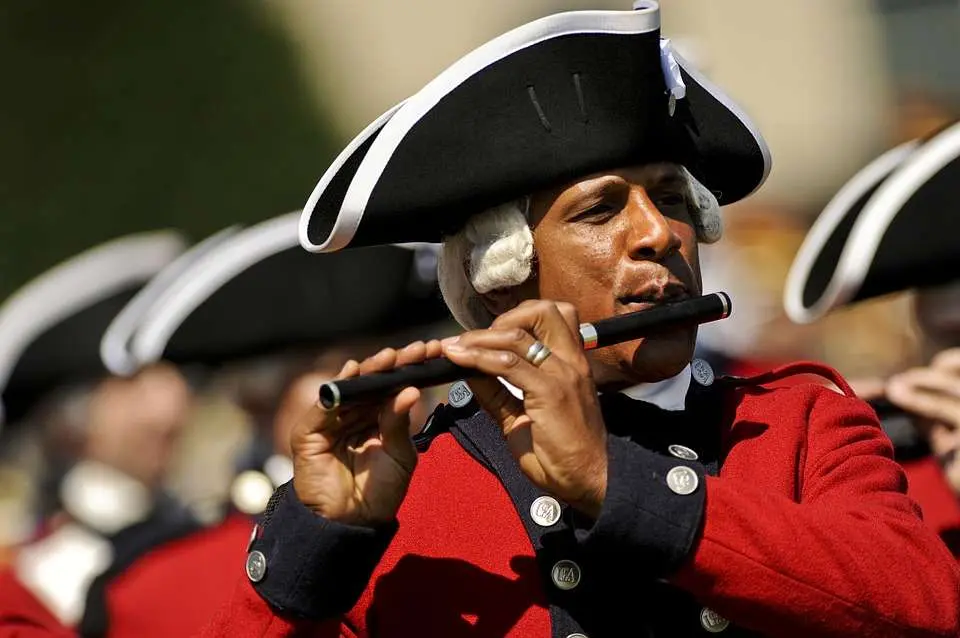 As for the instrument, of course, you should always learn the one you like, the sound of which is the most beautiful for you and which you want to learn to play on. Of course, it is advisable to have certain preferences, and so big hands will be an asset for the double bass, but not necessarily for the flute. Of course, there are simpler instruments, such as the tuba, and definitely more demanding ones, such as the clarinet.
As for the instrument, of course, you should always learn the one you like, the sound of which is the most beautiful for you and which you want to learn to play on. Of course, it is advisable to have certain preferences, and so big hands will be an asset for the double bass, but not necessarily for the flute. Of course, there are simpler instruments, such as the tuba, and definitely more demanding ones, such as the clarinet.
Summing up, all the instruments are interesting and each of them has a role to play. It cannot be said that one instrument is more important and one is less important. A trumpet, a saxophone or a violinist alone will not be able to do anything in an orchestra without the support of a tuba, double bass or percussion, which together form one body called the orchestra.



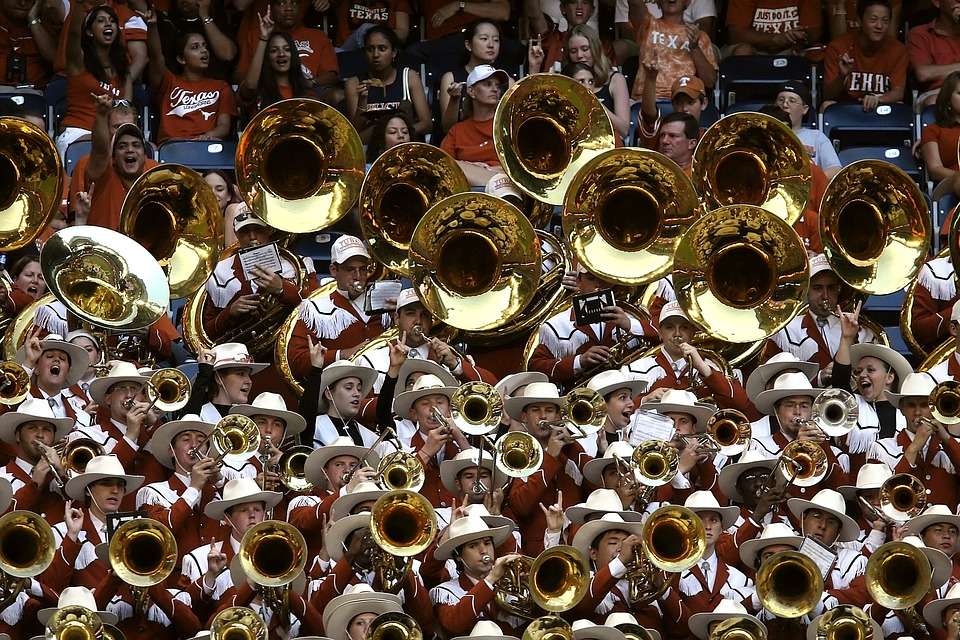 brass orchestra
brass orchestra